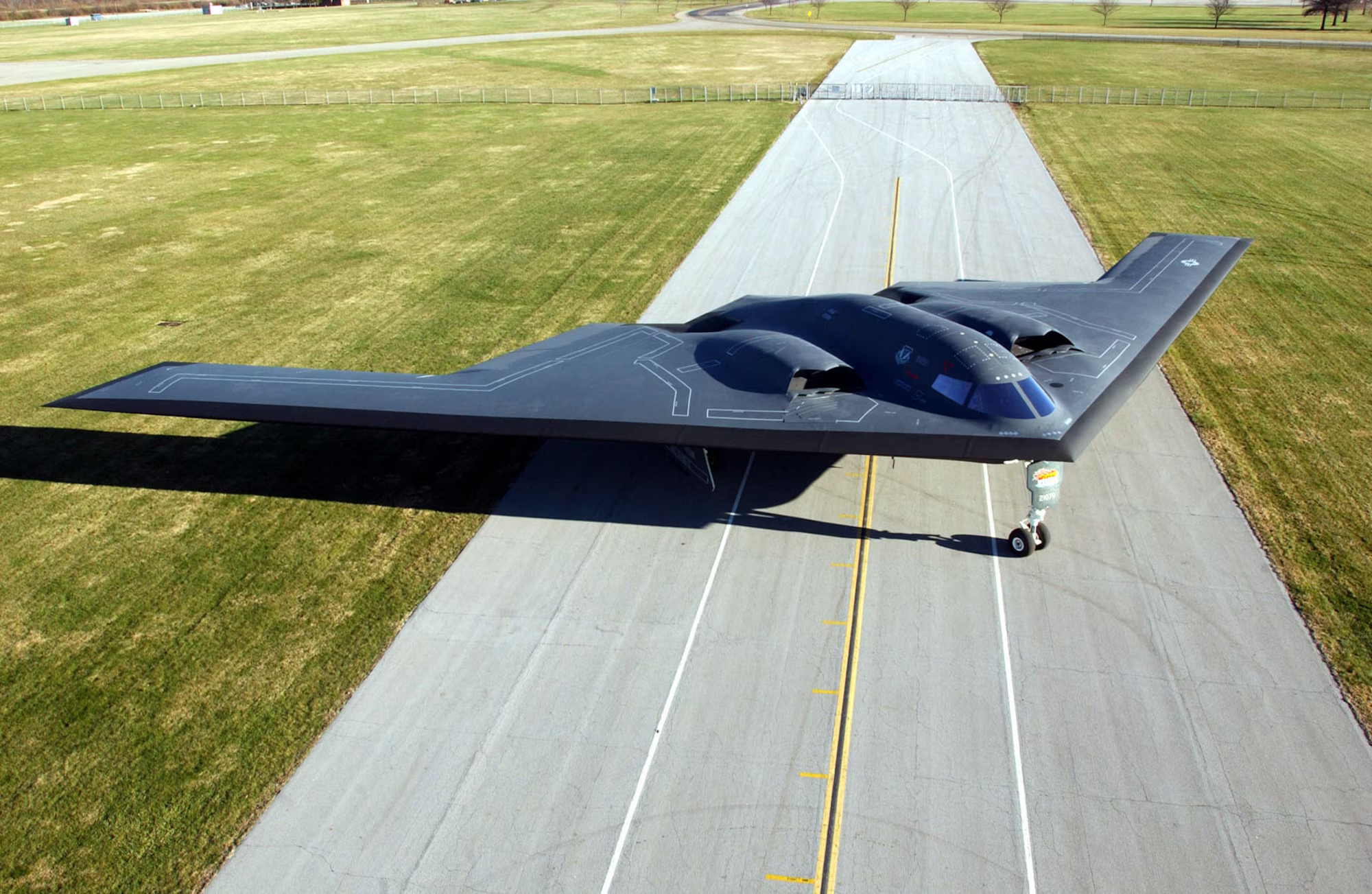In a significant leap forward for planetary exploration, UCLA’s Robotics and Mechanisms Laboratory (RoMeLa) has unveiled SPLITTER, a groundbreaking tethered jumping robot designed to navigate the challenging terrains of space environments like the Moon and asteroids. This innovative robot, introduced as a part of cutting-edge research at UCLA, aims to transform how we explore celestial bodies.
Innovative Design for Enhanced Mobility

SPLITTER—short for Space and Planetary Limbed Intelligent Tether Technology Exploration Robot—features a unique design that includes two quadrupedal robots connected by a tether. This configuration not only facilitates dynamic mobility but also provides stability in low-gravity conditions, a crucial advancement over traditional rovers and drones that face limitations in such environments.
Advanced Motion Mechanism for Precision
The robot employs an advanced inertial morphing mechanism, controlled by a Model Predictive Controller (MPC). This system allows SPLITTER to maintain orientation and stability during mid-air maneuvers, leveraging principles from the Tennis Racket Theorem. This capability is pivotal, ensuring that the robot can execute precise jumps and landings while conducting scientific research and data collection.
Future of Planetary Exploration
Looking ahead, SPLITTER is set to be a game-changer in space exploration. Envisioned deployments include using swarms of these robots to traverse and study vast, unstructured terrains more efficiently than ever before. The tether mechanism uniquely enables one unit to venture into potentially hazardous areas like craters or caves while maintaining a lifeline to its partner unit.
As UCLA continues to refine SPLITTER’s design with enhancements in actuation and sensing technologies, the robot is poised for further testing in high-fidelity simulations. These advancements are set to be detailed at the upcoming IEEE Aerospace Conference, highlighting the robot’s potential and future applications in real-world space missions.
For more on the latest in technology and innovations in space exploration, stay tuned to our blog. The future is here, and it’s ready to jump to new heights.












